 Recently returning to New York City after serving tours in Afghanistan and Iraq, Sam struggles to re-assimilate into American society, working as a night security guard. While visiting his old friend Bassam, Sam’s Iraqi translator who lives in NYC, Sam meets Amira, Bassam’s strong-willed nephew. While initially Amira doesn’t care for Sam, due to being an American soldier, she is forced to live with Sam after immigration officials attempt to track her down at Bassam’s apartment. The more time the two spend together they begin to fall in love, but Amira’s illegal status in America threatens to tear them apart for good. Sean Mullin’s Amira & Sam is a heartfelt love story between two unlikely individuals, who are each struggling to find their place in America. With strong characterizations, Sean Mullin has created a love story that unfolds organically, capturing how Amira & Sam’s relationship evolves the more time they share together, realizing how similar they are and how much they can confide in one and other. While the love story is the primary focus of the film, Amira & Sam is also a film about the current state of America, where self-interests have run rampant over the country. Sometimes subtle, sometimes not, the film captures the difficulties of a soldiers returning to normal life, and how their idealism becomes shattered as they reassimulate themselves. The film creates this invisible barrier between Sam’s character and the family he returns home to in his cousin and uncle, both of which, have an incredibly vapid understanding of what veteran’s actually sacrifice during times of war. The characterization of this cousin character was one of the weakest aspects of the film, being a one-dimensional representation of this self-serving American culture, but overall I comment the film for trying to be more. While some of the film’s thematic intentions don’t completely hit home, Amira & Sam is a thought-out romantic comedy thats intentions go beyond simply an effective love story.
0 Comments
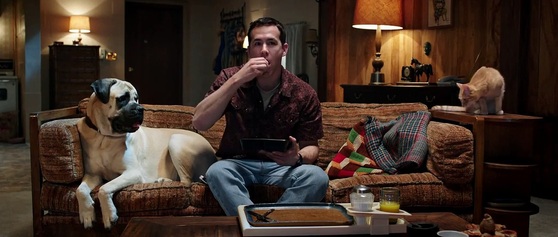 Jerry, an upbeat yet socially awkward individual, lives in a small town, working in the shipping and delivery department for a packing company. Regardless of his sugary disposition, Jerry is also mentally ill, and has recently been avoiding his medication. Hallucinations begin to consume Jerry, as his mental illness takes hold, as he begins to hear voices coming from his dog and cat. While his dog represents Jerry’s good side, often attempting to convince Jerry that he is a good man, the cat is a manifestation of his darker tendencies, routinely trying to convince him to embrace his murderous potential. Marjane Satrapi’s The Voices is a pitch black comedy featuring a surprisingly strong performance by Ryan Reynolds, which manages to be both very entertaining and a poignant study of mental illness. This film is definitely over-the-top, sometimes reviling in its own twisted world but what surprised me about The Voices is the portrait of mental illness it creates. While I’m sure some will find the film borderline insensitive, The Voices does a good job of developing Jerry as a character, showing his deeply troubled past involving an abusive father and mentally-disturbed mother, who no doubt shaped Jerry’s mental condition from an early age. There are sequences of this film that are emotionally devastating, as it becomes clear that Jerry is a byproduct of a deeply troubled childhood. Playing with point-of-view, Marjane Satrapi really captures the power of mental disease, with The Voices being a loose but seething commentary on the state of mental health in this country. Disturbing, and funny, The Voices is a unique and subversive cinematic experience that offers surprising moments of emotional resonance about a man who can’t control his mental disease 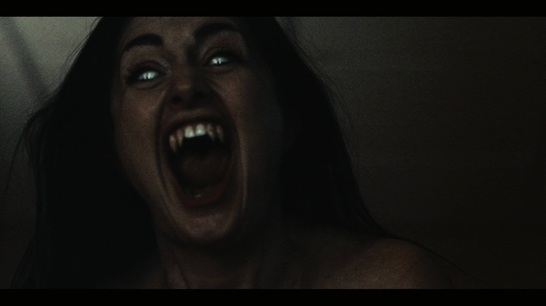 Literally being finalized mere hours before its first ever screening, Betamax is the diffinition of underground filmmaking, full of ingenuity and low-budget antics. Betamax is a collective response of underground filmmakers to the recent string of anthology horror movies, and it’s without question the most strange, fun, and batshit insane anthology I’ve seen in awhile. The first segment ‘Format War’ takes the Betamax vs. VHS format war to the extreme, imagining as a violent battle between a small, ingenious organization (VHS) and Betamax (a more business-like older man). In a vicious, bloody final confrontation between the one-eyed VHS heroine and corporate whore Beta-man, the film fast forward 20 years as we are introduced to two actors, performing on Hollywood boulevard as a way to get by. In an effort to put their stamp on things , the “actors” go to a mysterious video store where they show him the most obscure films for inspiration on Betamax. The segment is absolutely ludicrous and obviously sets up the background of the film as a whole. Betamax emulates the same grotesque, hilarious, and absurd qualities of other horror anthologies in recent years but what makes it stand out is its satirical assault on Los Angeles’ culture from lack of creativity, to pretentious “artists”, crowdsourcing websites, and fandom, among others. The viewer must keep in mind that this film is extremely low budget but the playful glee and passion of these filmmakers in what they do is intoxicating. The best looking segment is probably one involving a vampire prostitute and Frankenstein type character that’s engaging and mysterious but Damon Packard’s John Carpenter’s Corpse is an absolutely hilarious horror comedy that is a satirical expose of geek culture. With consistently strong segments from start to finish, Betamax is an incredibly fun horror/comedy anthology that’s playful satirical tone elevates it over most horror anthologies. 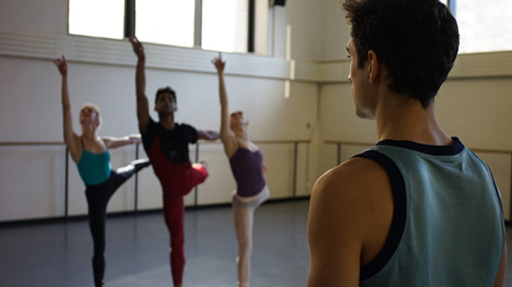 Jody Lee Lipes' Ballet 422 provides an intricate look backstage at the New York City Ballet. Focusing around up-and-coming 25 year-old choreographer Justin Peck, Ballet 422 provides an in depth look at the creative process of Justin's new ballet. Ballet 422 is an observational, fly-on-the-wall style documentary that captures the importance of collaboration in crafting such an intricate piece of art. Whether it be lighting, costumes, or choreography, Ballet 422 displays how collaboration only fuels one's own inner creativity, as Justin and his collaborators experience breakthroughs as they discuss and bounce ideas off one and other. Being someone who knew very little about the artform of Ballet going in, Jody Lee Lipes' Ballet 422 provides meticulous detail on the process, being an accessible film about Ballet. The cinematography of the film is a main reason why Ballett 422 is so engaging, with great use of space, framing, and composition that showcase both the grand nature of Ballet and the small, very important details. Running only 80 minutes, Jody Lee Lipes' Ballet 422 is a well-paced documentary that gives the viewer a sense of accomplishment by the end, offering just a glimpse of the power and accomplishment creating something can have on oneself. 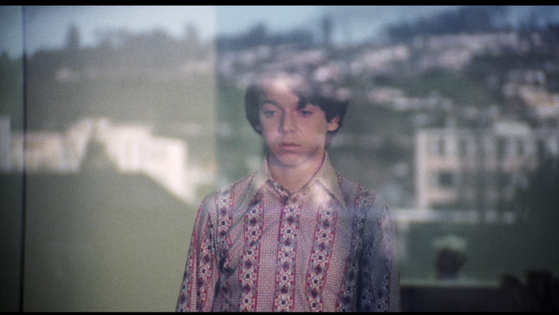 Harold, an eccentric, attention-seeking teenager, lives a life of luxury with his single mother. Overbearing may be an understatment in describing Harold's mother, a snobbish egocentric woman who dictates every aspect of Harry's life, even going on the computer to set up dates for her son. Harry spends most of his leisure time peering at death, primarily funerals, with the occasional junkyard and building demolitions mixed in for good measure. While at home with his mother he routinely simulates his own suicide, doing it so much that his mom barely acknowledges the action. Elaborate in design, they drive his mother to send Harold to a psychologist. While at a funeral, Harold meets Maude, a seventy-nine year old woman who lives in the moment, who could easily be described as an anarchic woman. Maude's livestyle of living in the moment instills a sense of individualality in Harold, kickstarting his passion for life and the beauty within it. It's not entirely surprising to know that Hal Ashby's Harold and Maude received mixed reviews on its initial release, as Hal Ashby has created a film that defies genre classification while being a love story between a teenage boy and elderly woman. Harold and Maude is a poetic film about finding the beauty in life, with Maude being the film's shining light, who finds wonder in nearly eveyrthing. Harold is a character who through Maude finds himself, proud of his own interests not societies, with the film certainly having counter-culter elements. Ashby's direction in this film is subtlely brilliant, using compositions and framing to help evoke Harold's mood while supplementing the major themes of the film. The editing is also impressive, with seemless transitions which help create the film's unique, balanced tone. Funny, tender, and poignant, Hal Ashby's Harold and Maude is really a film about true love, showing how this relationship revitalizes Harold's commitment to life. 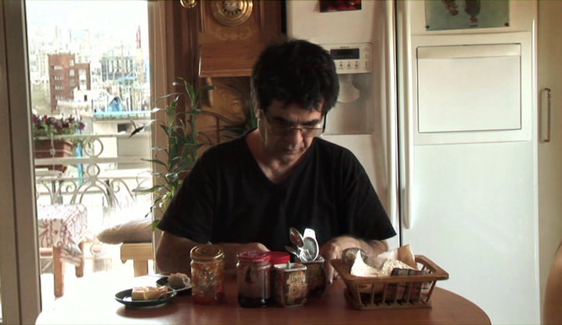 Jafar Panahi's This Is Not A Film is a one-of-a-kind, self-reflective documentary about the filmmaker living under house arrest as he awaits news on his appeal. Depicting the day-to-day life of Jafar Panahi, a man who is restless but surprisingly comfortable all things considered, This Is Not A Film captures a man who has nothing but time, as he talks to his family and lawyer about his prison sentence - 20 years banned from filmmaking, and 6 year prison sentence, and reflects with his close friend Mirtahmasb about the state of their country and most importantly the meaning, artistry, and importance of filmmaking. This Is Not A Film's greatest achievement is its ability to capture the power of artistic expression, showing how it can never be completely vanquished, just slowed down. Forbidden from filmmaking, Panahi spends countless hours experimenting with his latest screenplay, adapting his characters to fit his current plight, even going as far as to map out the main protagonists's small apartment using masking tape on his Panahi's living room floor. This Is Not A Film beautifully captures the importance of filmmaking and artistic expression, whether it be in its ability to document life itself or organically create human emotion through collaboration. Jafar Panahi's overall demeanor is astonishing, given the circumstances, with his ability to create, no matter how small a story, keeping his spirits high. Taking place in Teheran, where Panahi lives, This is Not A Film subtlety reminds the viewer of the instability and chaos of the region, juxtaposing this lack of freedom and chaos in the country with the importance of artistic freedom.  Gabe Polsky's The Red Army takes an in depth look at the Soviet Union from the late 1970s through the early 1990s, chronicling arguably the greatest sports dynasty of all time - The Red Army hockey team. Red Army is not a sports film but a film that is a reminder of how sports can be a catalyst for social and cultural movements, with this hockey team's story running parallel to the rise and fall of the Soviet Union. Told primarily from the perspective of Slava Fetisov, the premier defensiveman and team captain, The Red Army captures the culture clash between communist Soviet Union and capitalist United States of America and how a hockey team became the Soviet Union's main propaganda tool for the Soviet way of life. With The Red Army team's dominance in International play the Soviet Union government recognized how powerful a tool these players could provide, a propaganda tool used for patriotism and communism, that also left many of these players going from national heroes to political enemies. Slava Fetisov's journey in particular is a powerful one, a man who essentially stood up to the Soviet Union's system in an effort go gain his independence to play in the NHL, being a man that certainly helped pave the way for change in the Soviet Union. Fetisov's screen presence alone throughout the film is fascinating, a stern man that was shaped and molded by the Soviet system in his youth, reflecting on his country and how far they've come. For a documentary consisting entirely of stock footage and one-on-one interviews, Gabe Polsky's The Red Army is a very tense and engaging film that keeps the viewer's pulse pounding from start to finish. 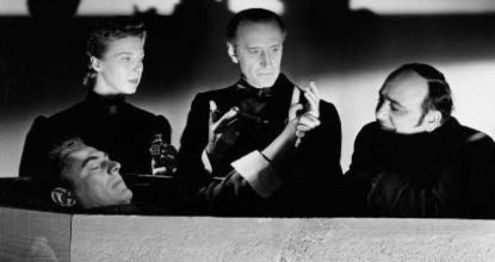 Taking place in England circa 1872, Reginald Le Borg's The Black Sleep opens with young Dr. Gordon Ramsay, a man who has been sentenced to be hanged for a murder he didn't commit. He received a visitor, his old mentor Joel Cadmund, who gives him a sleeping aid to help him through the night. It turns out this isn't a sleeping aid but a powerful East Indian drug that induces anesthesia. Pronounced dead the next morning in his sell, Ramsay is turned over to Joel Cadmund, who promptly revives him. Now awake, Gordon Ramsay is convinced by Cadmund to help on his latest project - which is vaguely described as a new-age experimental study pertaining to the brain. Reginald Le Borg's The Black Sleep is a middle-of-the-road, mad scientist film that's strongest attribute is its incredible cast. Featuring Basil Rathbone's over-the-top portrayal of the mad scientist Jole Cadmund, as well as smaller roles by Bela Lugosi, Lon Chaney Jr, and John Carridine, The Black Sleep is full of talent, though some actors are without question wasted in their small roles. The Black Sleep is inline with many of the tropes associated with the mad-scientist sub-genre, featuring a lead antagonist in Joel Cadmund whose morality has been completely dissolved due to his love of his dying wife. Cadmund's willingness to sacrifice countless lives for the sake of his wife is one of the more compelling aspects of the film, as Reginald Le Borg uses this to subtlety create an interesting discussion centered around our mortality and the moral argument centered around weighing the lives of one vs. the lives of many. Cadmund's love of his wife and desire to cure her brain has consumed him, with The Black Sheep exposing the powerful grasp love has over everything, including our morals and beliefs. Featuring an ending that is reminiscent of Tod Browning's Freaks, which see's those experimented on individuals rise up against their captor, Reginald Le Borg's The Black Sheep is a moody and atmospheric goth story that doesn't do enough to stand out from other similar films. 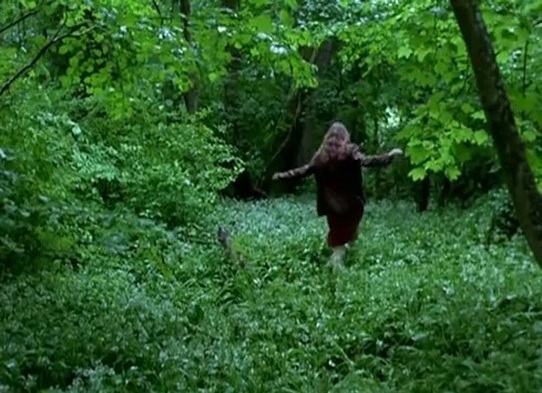 Jean-Luc Godard's Notre Musique is another provocative film from the legendary filmmaker that explores the Israel and Palestine using three stages - Hell, Purgatory, and Paradise. The first segment, Hell, consists entirely of war footage, with various images of violence and death. The second segment, Purgatory, makes up the bulk of the film, which follows a pair of women visiting Sarajevo for an arts conference. Godard himself is in this segment, lecturing a class on cinema and image. This segment of the film is a narrative but the plot iself isn't particularly important but more the questions and themes it raises through the dialogue and conversations. Paradise, the last segment, is a beautiful, picturesque lakeside which appears to be guarded by American soldiers. Notre Musique is certainly in the filmmakers later style, being a philosophical reflection on not just the Israeli-Palestinian conflict but touching on a host of wars including Sarajevo and the conflict between the Native Americans and United States. Godard's film is a challenging endeavor but the film's primary focus on human conflict and the power of image is Godard's attempt to understand symbiotic relationships and express how they are not always equal. The film beautifully captures the absurdity of human conflict through its exploration of life and death, being a profound expose on humanity. Differences not similarities is what society tends to focus on, Godard expresses himself in the film. While Godard isn't praised much for his later work, Notre Musique should be, blending documentary and fiction to capture ideals about our humanity that transcend time. 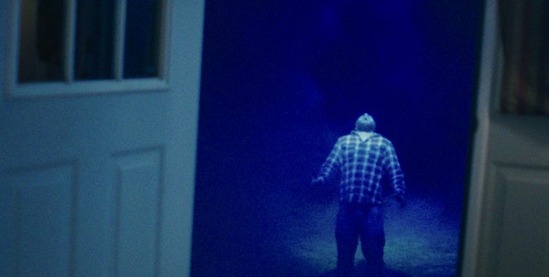 It has been nearly two years since Mark Fisher disappeared in a flash of blue light from his home. His friend Seth Hampton and girlfriend, Jen, were the last two people to see him alive. Having no explanation into Mark's disappearance, Seth was the number one suspect of the authorities, but with no trail to follow, the investigation eventually vanished. Now in the present, a string of mysterious, violent murders leads Seth to believe that Mark may have returned, though this version may not be entirely human. Joe Begos Almost Human is a simple, straight-forward creature feature that borrows heavily from John Carpenter's The Thing & Invasion of The Body Snatcher, in delivering a fun, albeit slight low-budget horror film. This is a film that is far more interested in gore and creature effects than story or characterizations, as Almost Human suffers from poorly developed characters, bad acting, and lazy writing. Mark's supernaturally-fueled disappearance has left Seth's life in shambles but the film spends very little time exploring Seth's psyche - a man who was accused of his friend's murder, who is still desperately seeking answers. Seth's lack of depth isn't a singular problem, as no characters in this film show much intelligence or ingenuity, with Almost Human simply using them as pieces of meat, to be destroyed by their alien-creature. For a low-budget feature, Almost Human features impressive creature work that's inventive and unique, guaranteed to make the audience squeamish a few times. The sound work is equally impressive, amplifying the brutal violence and terror of the film through synthetic music that is certainly reminiscent of the work of John Carpenter. While Almost Human is a great example of how to do Sci-Fi Horror with very little budget, the film's lackadaisical approach to characterizations and overall story make it an OK creature feature that's rather forgettable due to having no characters worth being invested in. |
AuthorLove of all things cinema brought me here. Archives
June 2023
|
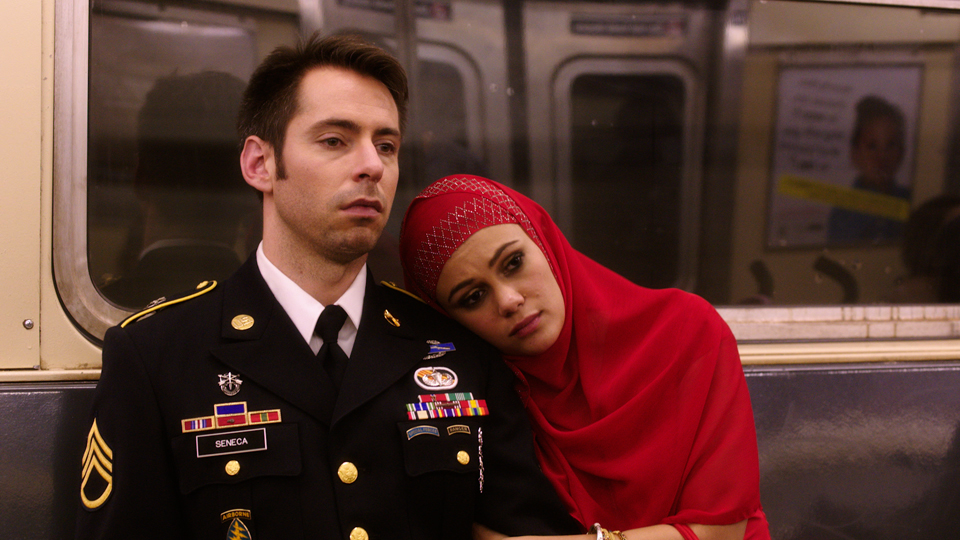
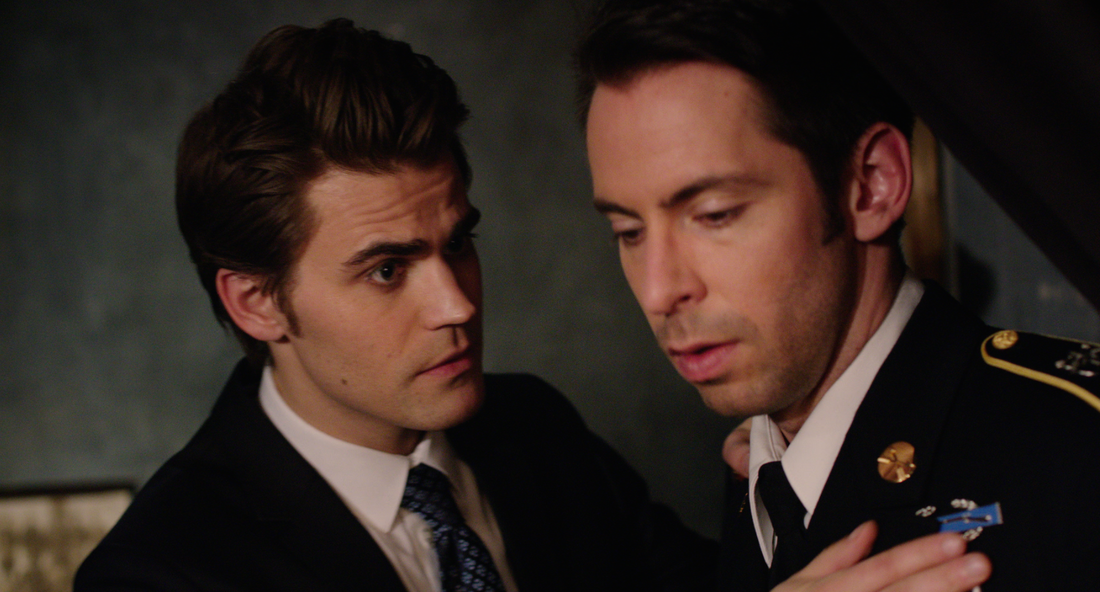

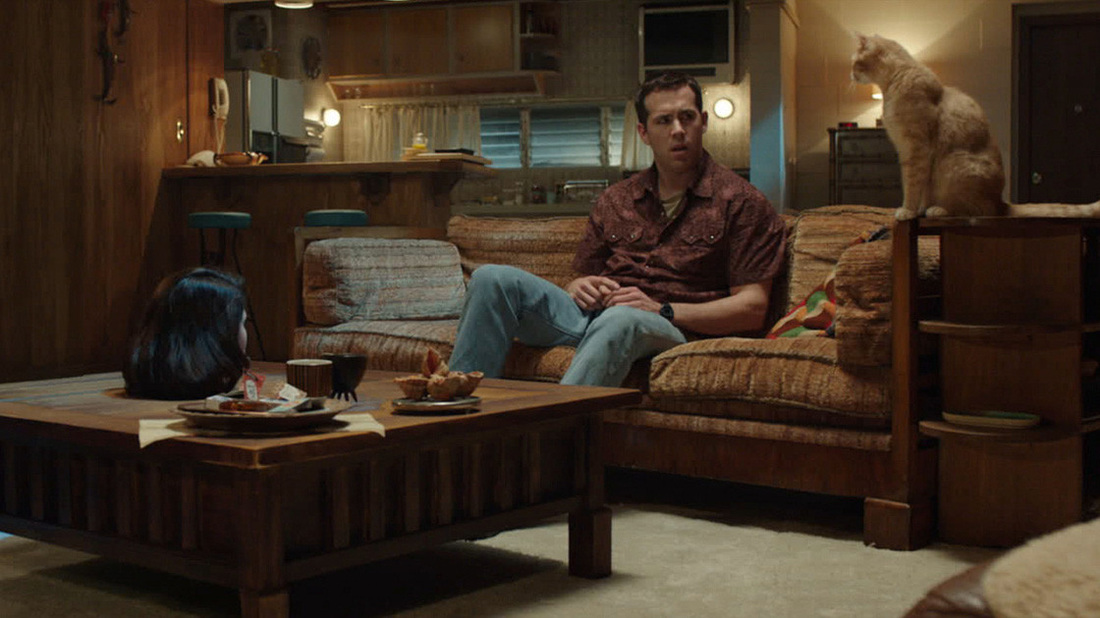
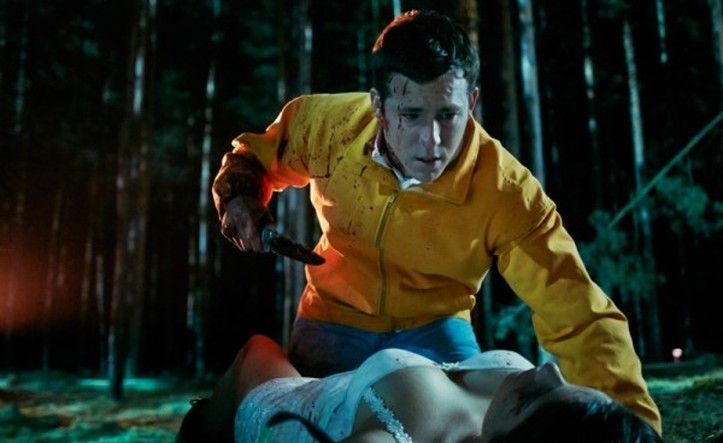
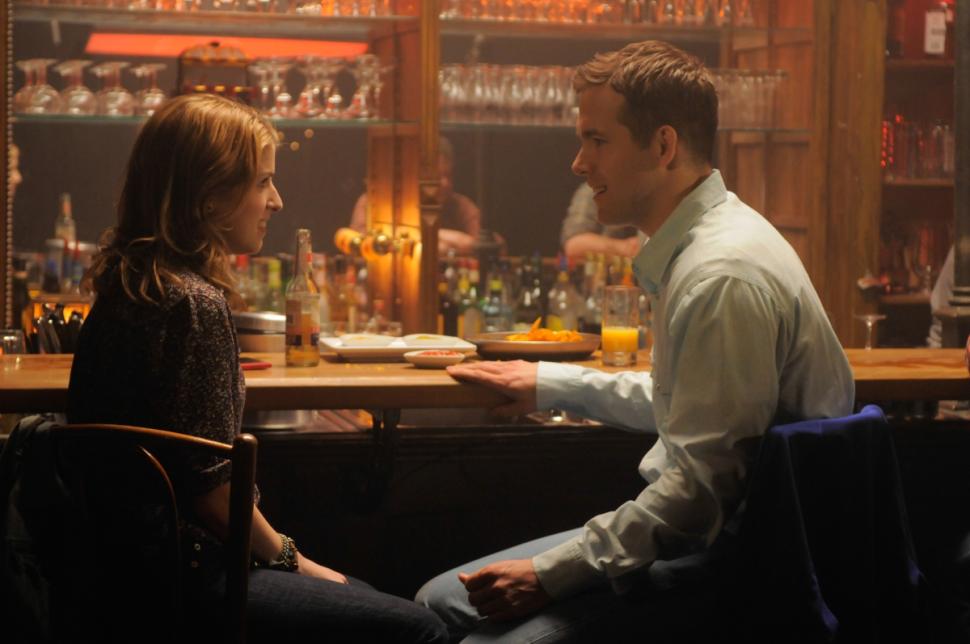
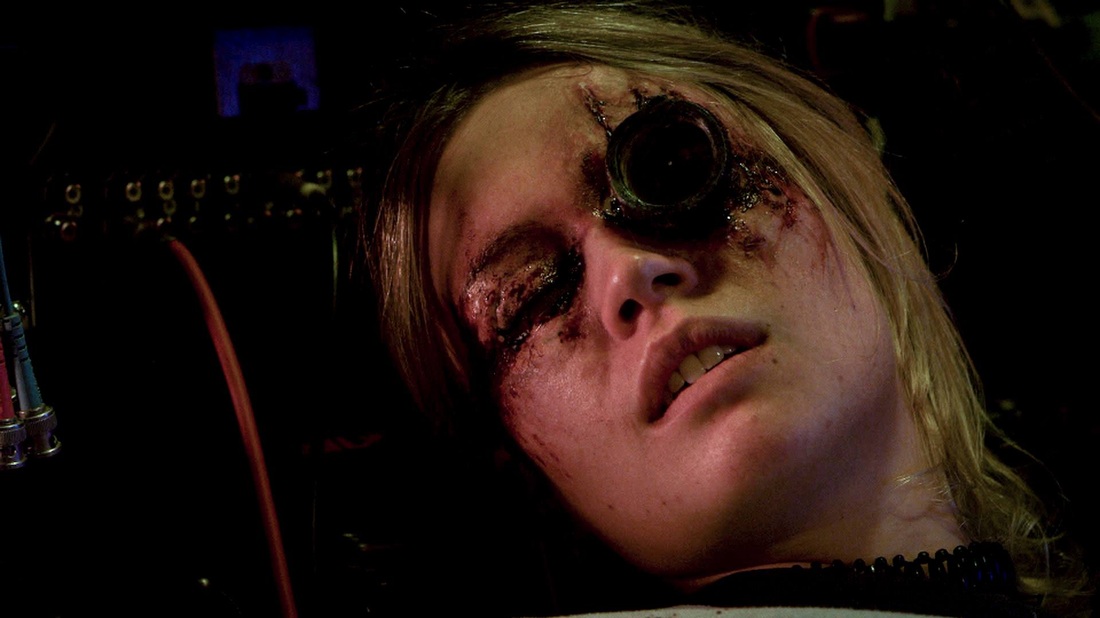
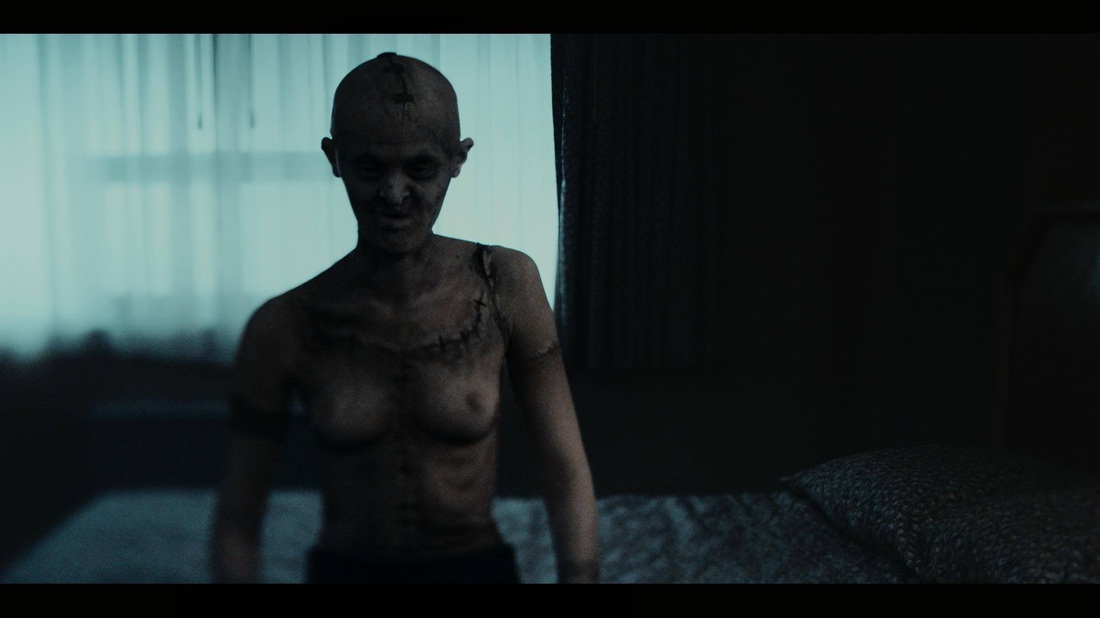
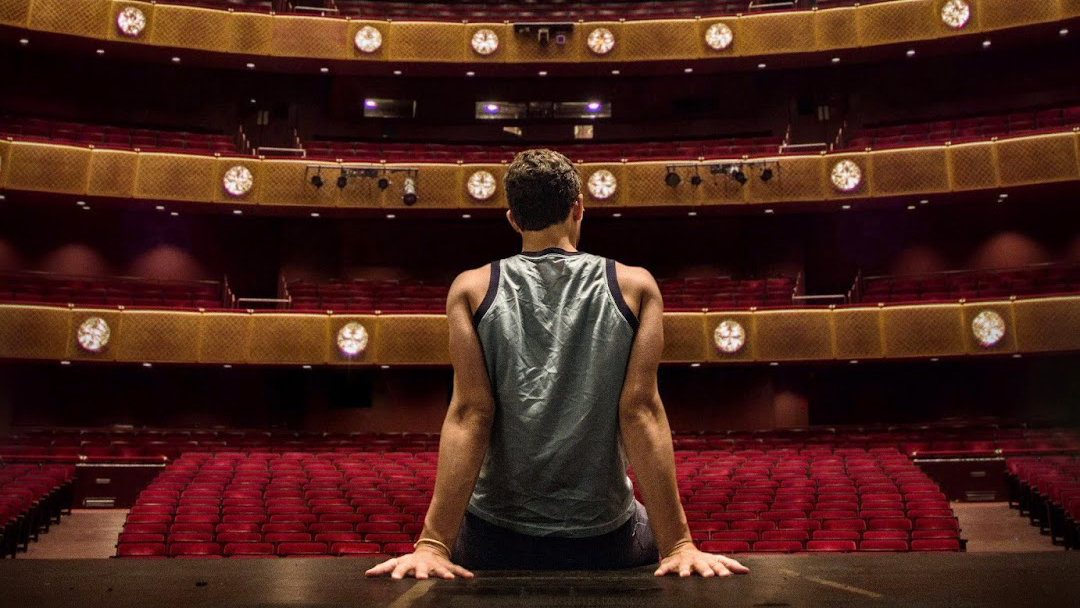
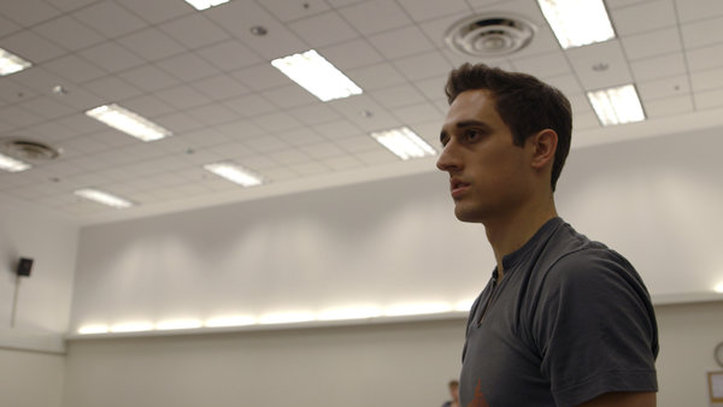
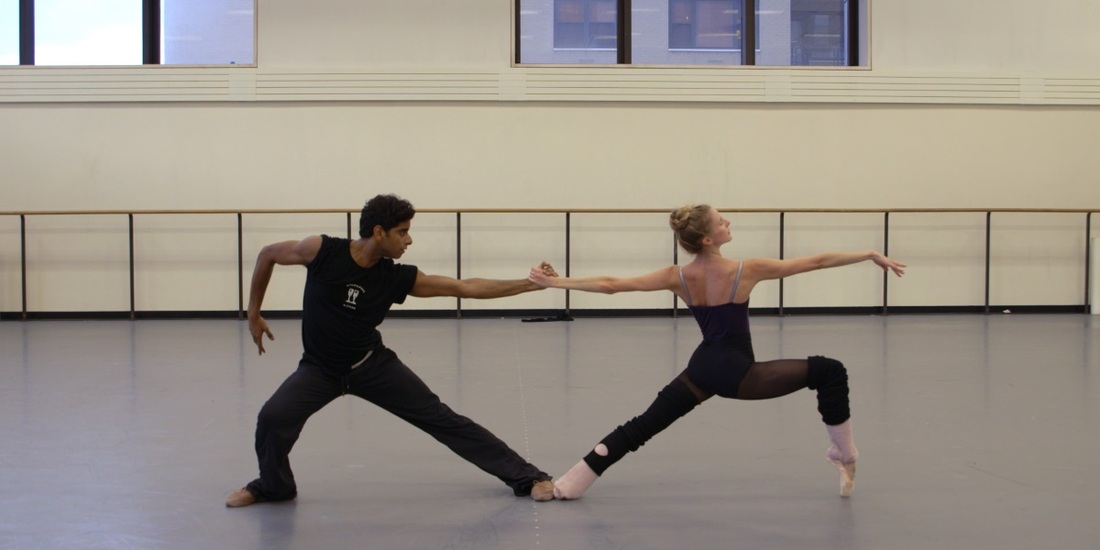
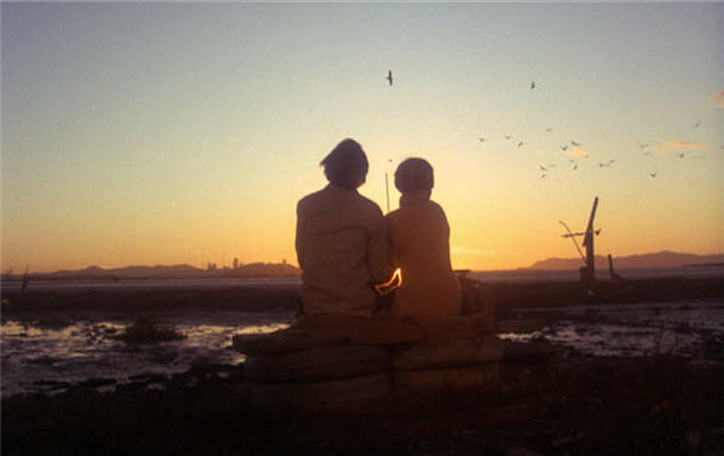
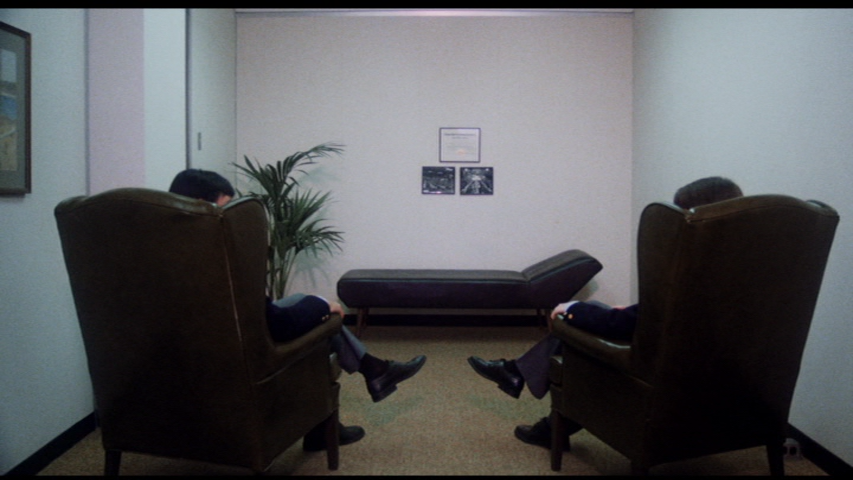
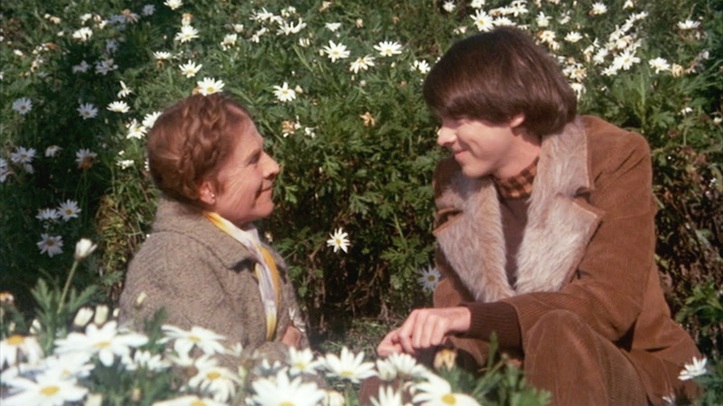

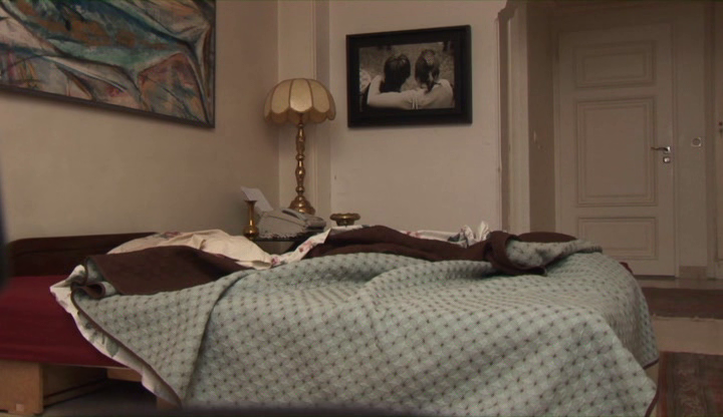
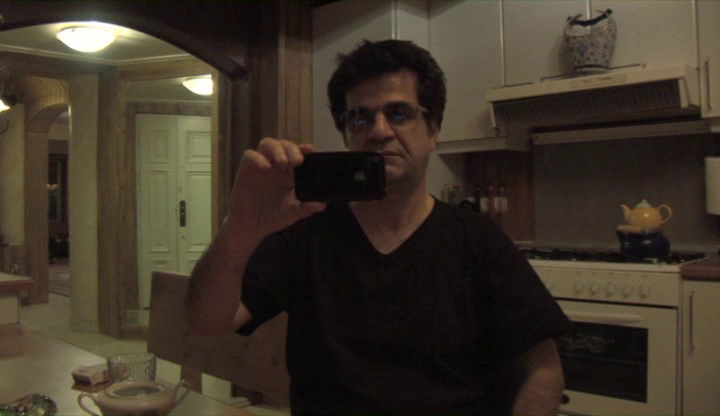
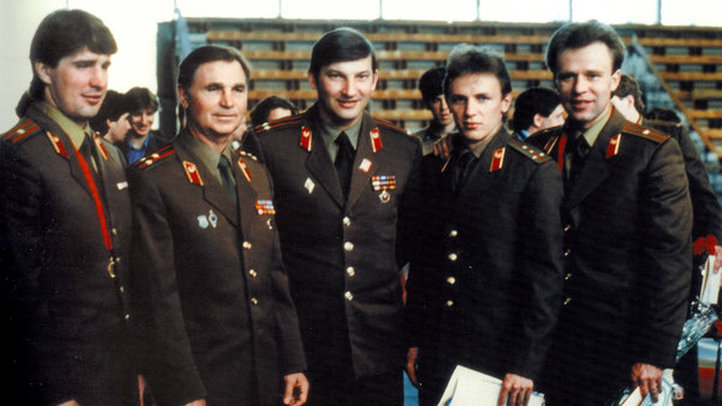

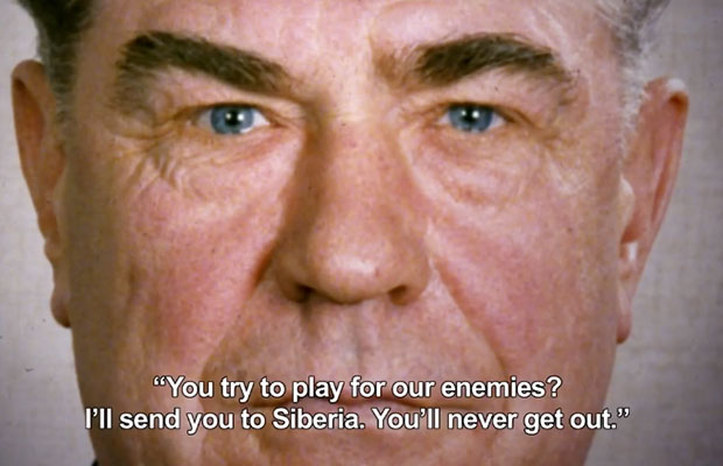
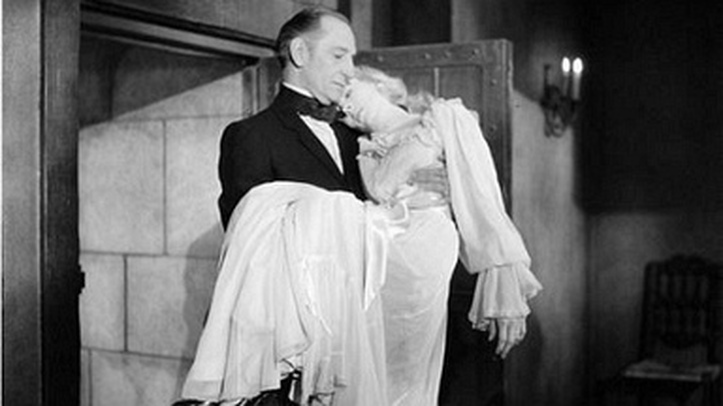
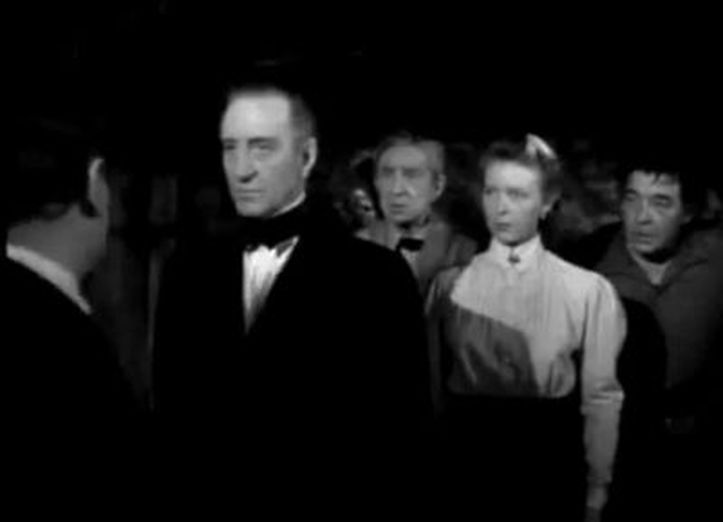
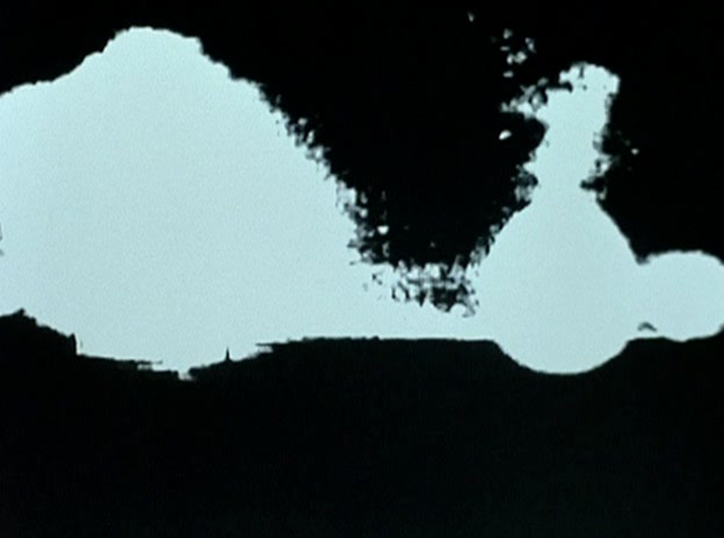
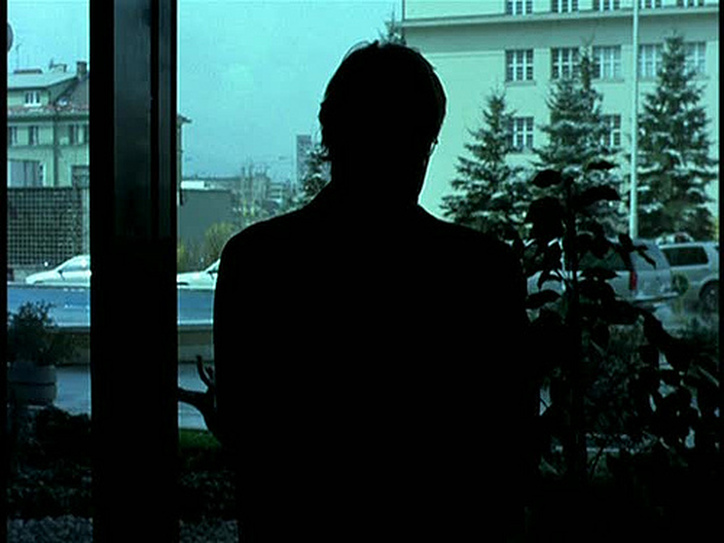
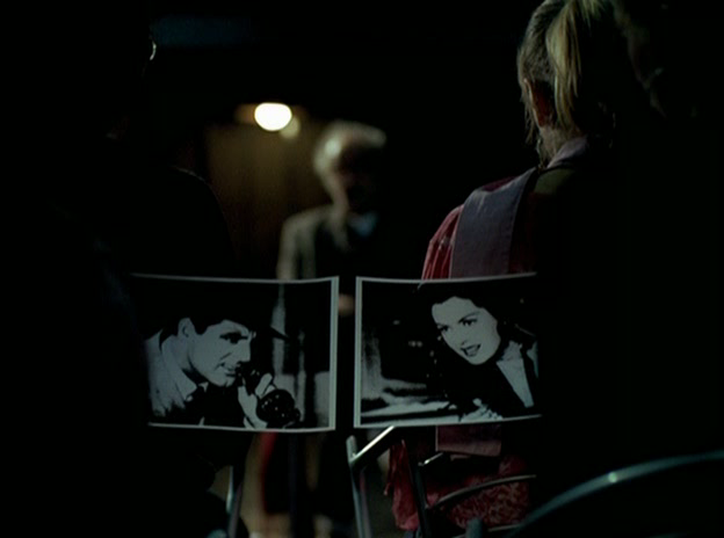
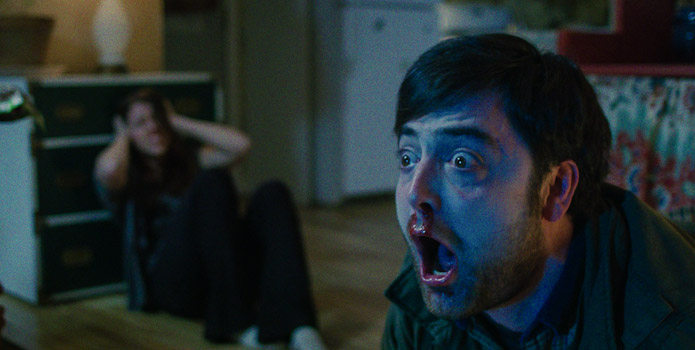
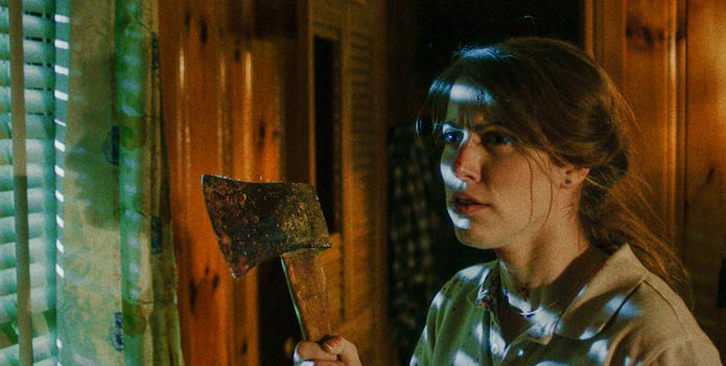
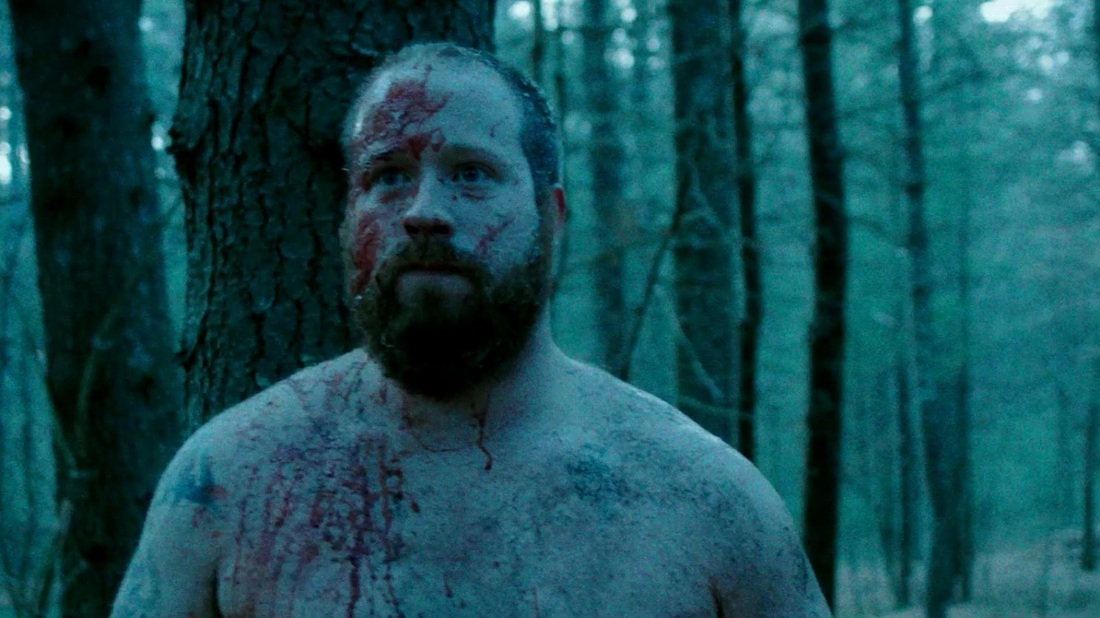
 RSS Feed
RSS Feed
